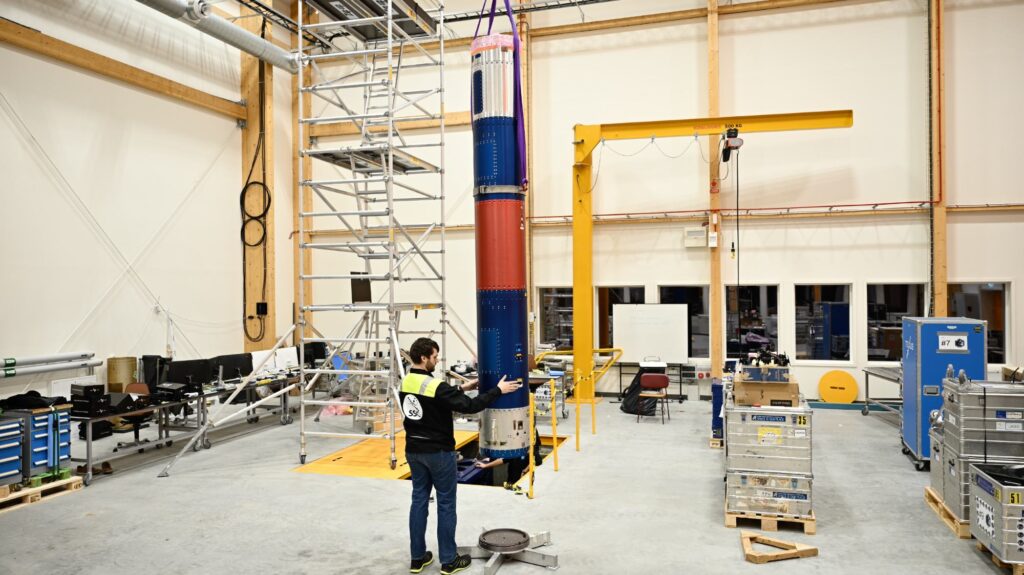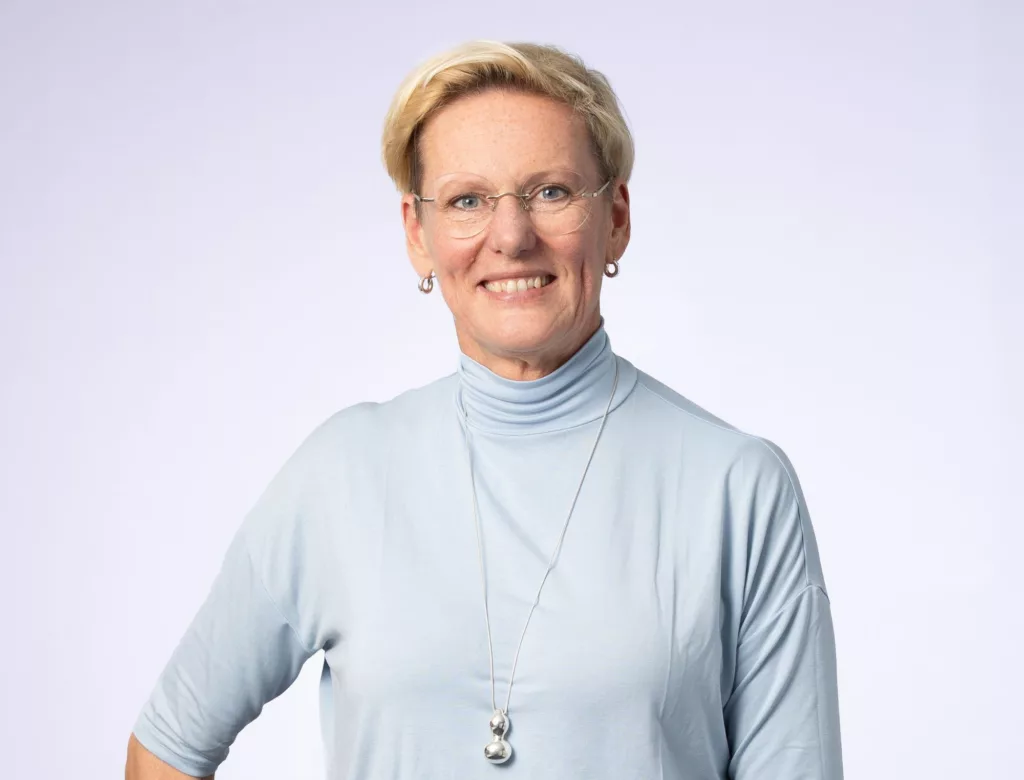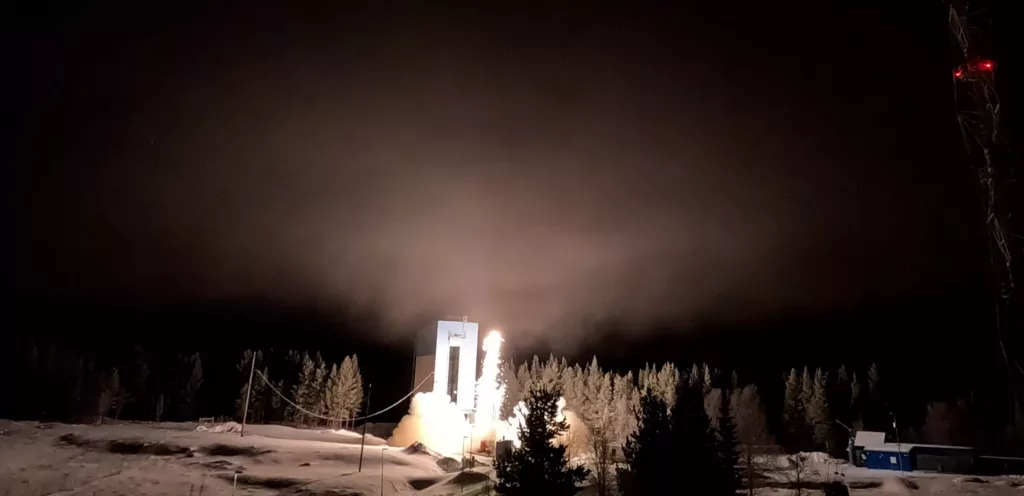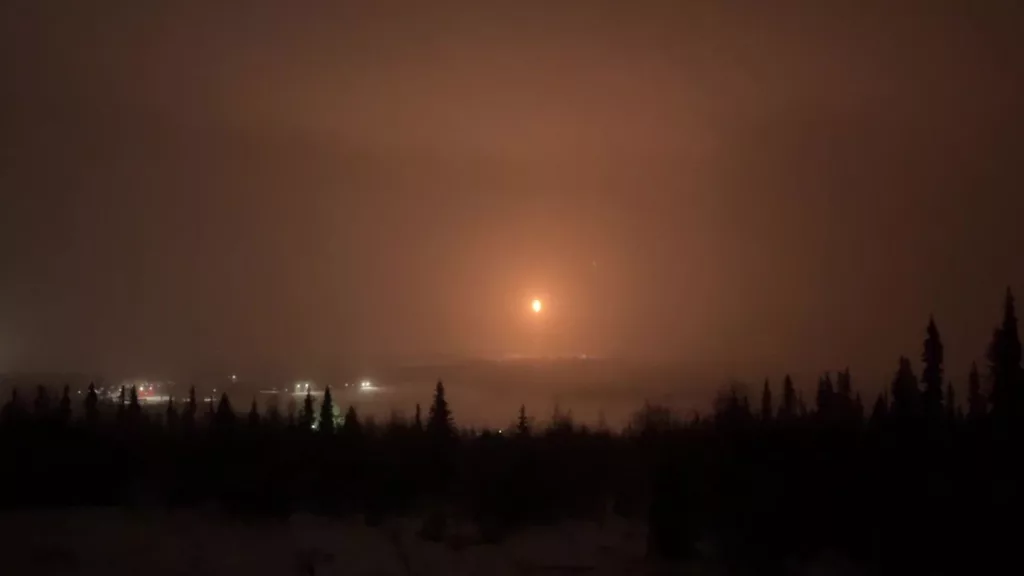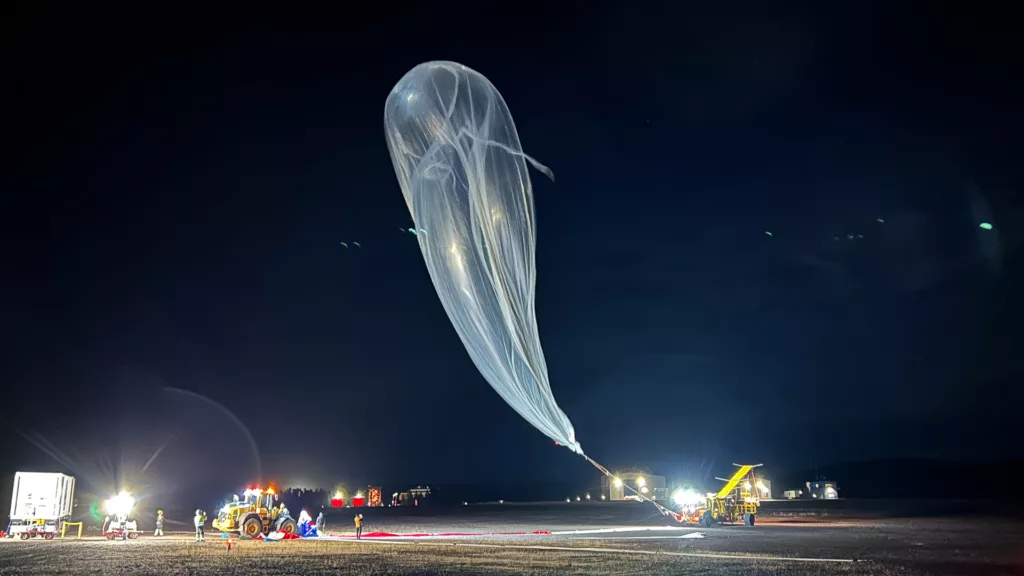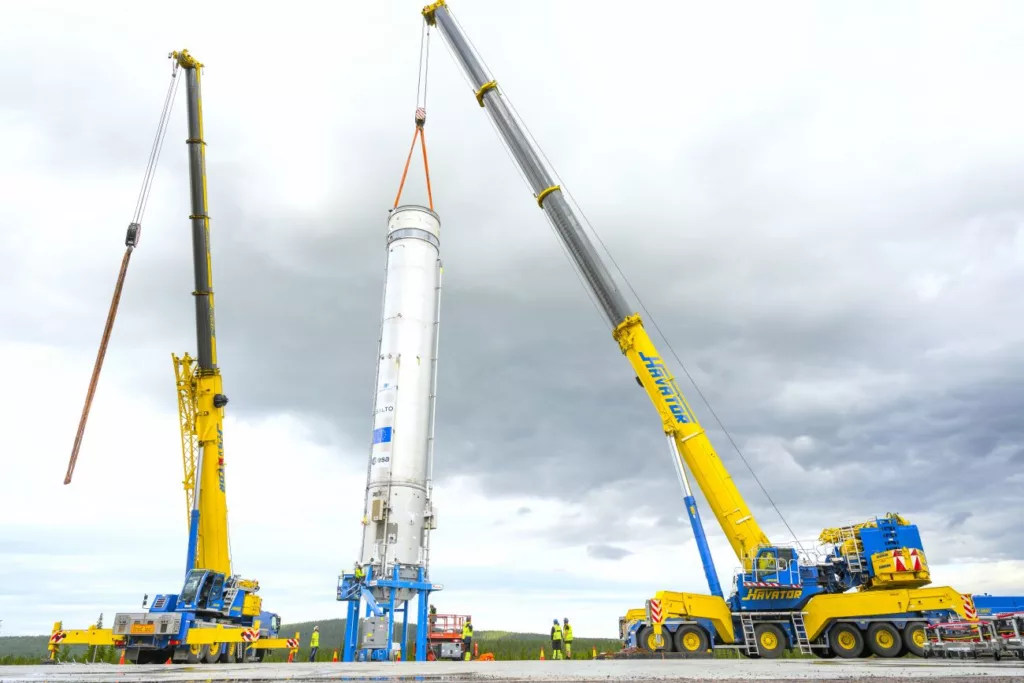On 22 November, the launch window opens for one of the year’s most anticipated rocket launches at Esrange Space Center in Sweden, owned and operated by Swedish Space Corporation (SSC). After more than two years of planning and preparation, SubOrbital Express-4 will provide access to space for scientists from the U.S, Japan, Germany, Netherlands, Finland and Sweden.
Onboard are six different scientific projects, including experiments that seek new insights on the human immune system, ways to manufacture more efficient solar cells for greener energy production, and particle research to get answers about the birth of our planet.
“I am very excited and proud for yet another upcoming launch within our flagship sounding rocket program, SubOrbital Express, one of the leading services in the world to provide scientists invaluable access to space for their science projects. Sometimes, a few minutes in the microgravity of space is just what a research project needs to reach the next level, often resulting in great discoveries for humanity,” says Krister Sjölander, Head of Payloads and Flight Systems in SSC, and continues:
“For example, when SubOrbital Express-3 was launched two years ago, one of the science projects onboard experimented on stem and beta cells in the fight against diabetes. This experiment was subsequently brought to the International Space Station (ISS) by the Swedish astronaut Marcus Wandt for further experimentation. Fingers crossed for another successful mission this time around for SubOrbital Express-4, with experiments on organic solar cells, immunology and cosmology as examples!”
SubOrbital Express-4 is the sixteenth in a series of MASER rockets launched from Esrange since this sounding rocket program started in 1987. MASER stands for “Materials Science Experiment Rocket” and the European Space Agency, ESA, is the program’s largest customer, funding several of the experiments on board.
Contact: Philip Ohlsson, Head of PR & Press, +46 70 721 70 26, philip.ohlsson@sscspace.com
